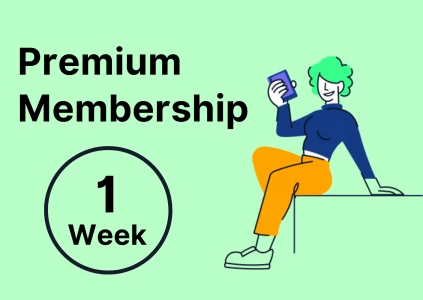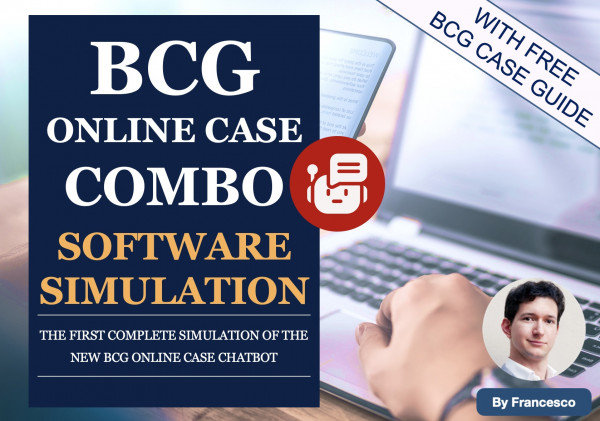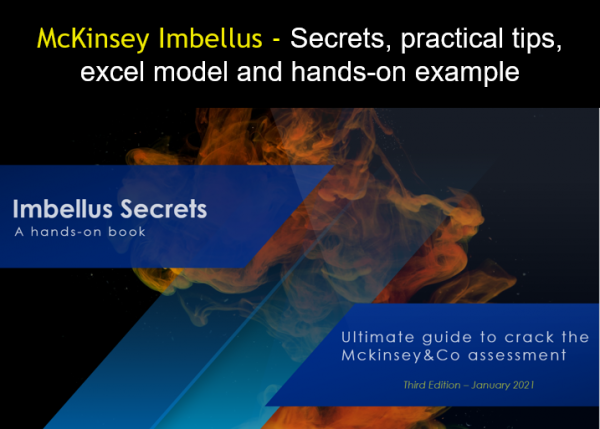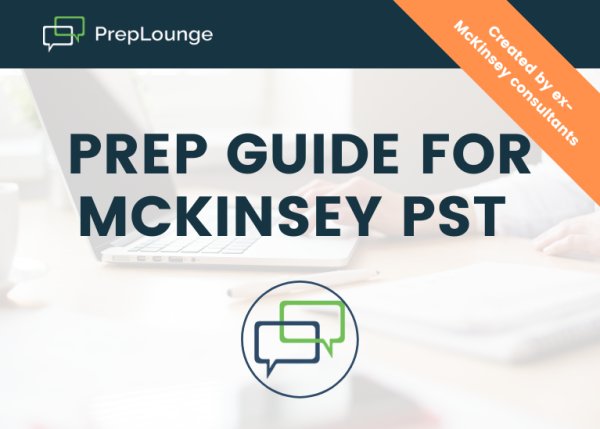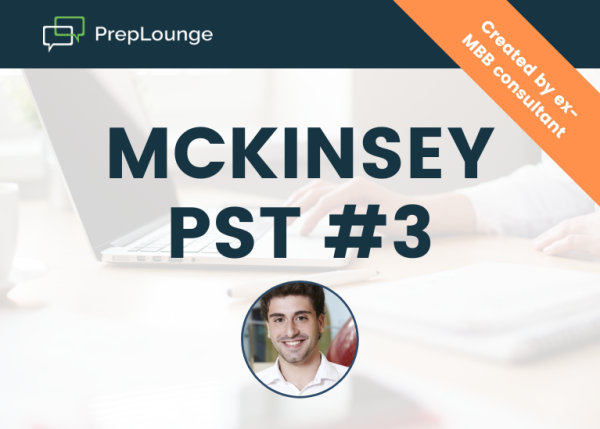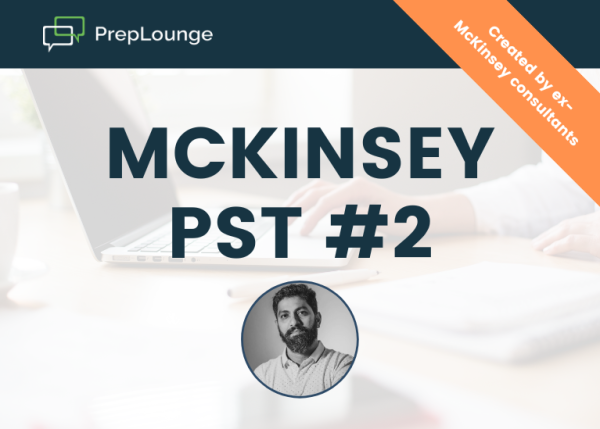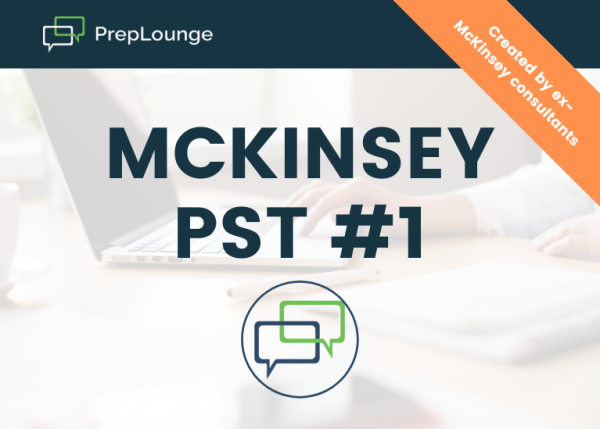I'm finding it difficult to be given a set of data like a balance sheet and then make recommendations of only that. Interpreting it isn't really a problem - if fixed costs make up a higher proportion of overral costs etc but I struggle with making insights from so few data points.
How can I practice this? I have in the mind the data dump presentation case in Bain's final round.
Thanks!





